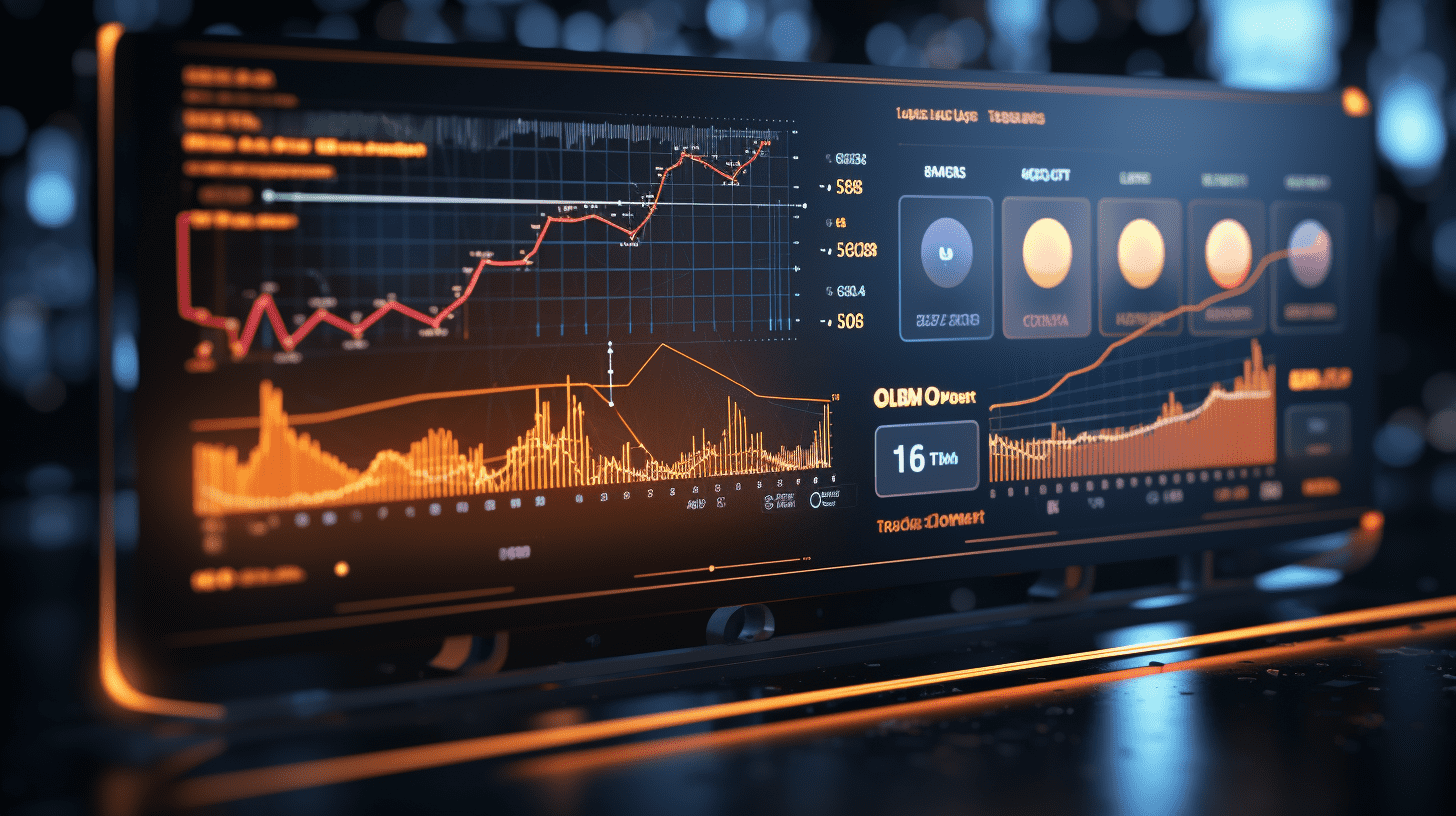Prices have stopped rising, why hasn't the Federal Reserve lowered interest rates?
Milder-than-expected inflation data and a significant easing in the trade tensions between China and the United States are alleviating market concerns about the severe impact that American households and businesses may suffer in the coming months.
Mild inflation data and a significant easing in the trade war between the US and China are alleviating concerns in the market about serious impacts on American households and businesses in the coming months. This has led Wall Street institutions to lower their expectations for an economic recession and has provided policy space for the Federal Reserve to maintain current interest rates.
Institutions such as J.P. Morgan and Barclays adjusted their economic forecasts on Tuesday to reflect the positive economic outlook after the agreement reached by the US and China over the weekend. According to the agreement, both sides will reduce the most punitive tariffs that have been in place since early April.
J.P. Morgan economists now believe the probability of an economic recession is less than 50%; Barclays economists have completely removed their recession forecasts. Both institutions had previously expected high tariffs to severely impact consumers and businesses, restraining spending and economic activity.
The US-China agreement has also prompted financial markets to reprice, significantly reducing bets on the Federal Reserve cutting interest rates before July to cushion the economic slowdown. Traders are currently expecting only two rate cuts this year, with the earliest starting in September.
Data from the US Department of Labor on Tuesday showed that the Consumer Price Index rose 2.3% year-on-year in April, the smallest increase in over four years. This reinforces market expectations that Federal Reserve policymakers will gradually cut interest rates in the second half of the year, rather than taking earlier and more aggressive action.
"Markets have been worried that tariffs would push up inflation, and that risk still exists. But today's data at least has reassured investors that inflation is still moving in the right direction," said Jack Dohrheid, CEO of Longbow Asset Management.
However, Raymond James economists pointed out, "The uncertainty of trade policy and its impact on inflation will temporarily keep Federal Reserve policymakers on hold." The Federal Reserve last week kept short-term borrowing costs unchanged in the range of 4.25% to 4.50%, a level it has maintained since December last year.
Federal Reserve Chairman Jerome Powell stated at that time that he had not seen any signals of economic collapse in the data. He noted that given inflation still being above the 2% target and the rapidly evolving trade policy possibly further boosting inflation while restraining the economy, the best strategy is to wait for the situation to clarify before adjusting rates.
US President Donald Trump took the opportunity to once again call for a rate cut by the Federal Reserve, posting on Truth Social that CPI data shows that prices of "virtually all goods" are dropping. "What's wrong with the slow-moving Powell? This is unfair to the pent-up US economy! Let everything happen as it should, the results will be very good!"
Due to global growth concerns and increased oil production, prices of certain goods, especially food and energy, decreased month-on-month in April. However, the annualized inflation rate, although far below its peak, remains above the Federal Reserve's target level of 2%.
Federal Reserve policymakers believe that cutting rates when inflation is too high and is expected to accelerate temporarily could release more inflationary pressure and ultimately restrain economic growth.
Data on Tuesday showed that excluding the volatile categories of food and energy, core consumer prices rose 2.8% year-on-year. Prices of goods such as clothing, cars, and trucks, which are considered susceptible to tariffs, remained steady or fell, contrary to expectations - despite the new tariffs announced by Trump in March and April having already taken effect.
Economists still expect prices of goods to rise due to tariffs in the coming months. Before the easing over the weekend, some Chinese import goods were subject to tariffs as high as 145%, but many have now been reduced to 30%. Even with some relief, the current overall level of tariffs is still significantly higher than at any time in the past 80 years, and the range of imported goods covered is wider. Since announcing additional tariffs on April 2nd, the Trump administration has only reached one trade agreement.
Gregory Daco, Chief Economist at EY, wrote: "Due to the current uncertainty in trade policy and the reluctance of Federal Reserve policymakers to preemptively respond to changes in growth or inflation, we now only expect two rate cuts (down from three), with the first rate cut likely in September (instead of July)."
Related Articles

OPEC Monthly Report: Maintains unchanged forecast for oil demand growth this year, cautiously starts production increase in April.

The United States Adjusts Additional Tariffs on China

Former JP Morgan strategist criticizes cryptocurrencies: "Rat poison"! Comparable to a pyramid scheme.
OPEC Monthly Report: Maintains unchanged forecast for oil demand growth this year, cautiously starts production increase in April.

The United States Adjusts Additional Tariffs on China

Former JP Morgan strategist criticizes cryptocurrencies: "Rat poison"! Comparable to a pyramid scheme.

RECOMMEND

The United States Adjusts Additional Tariffs on China
14/05/2025

The central bank: the cumulative increase in social financing scale in the first 4 months reached 16.34 trillion yuan.
14/05/2025

Ministry of Science and Technology and six other departments: Accelerate the construction of a science and technology financial system to provide strong support for high-level scientific and technological self-reliance.
14/05/2025


